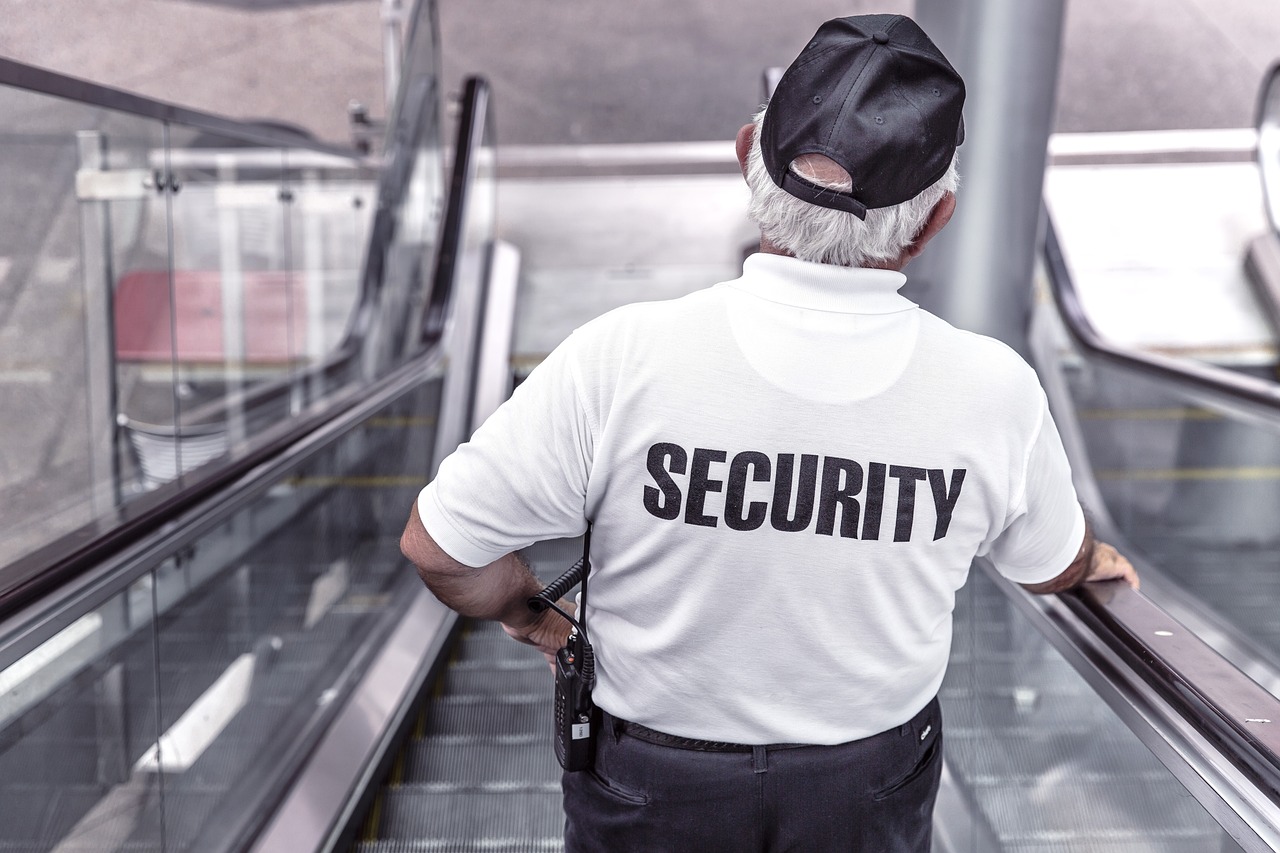
A comprehensive article providing seven strategies for improving security during fundraising events, including using security staff and modern technology.
Are you helping to organize a fundraising event for a worthy cause? If so, you’ll need to stay on top of every aspect from start to finish. You must manage your orders across all platforms and have sufficient helpers onsite. If things become chaotic or disorganized, people could get hurt, or criminals could become active. In this article, we discuss 7 ways to increase the security for your special event.
Why Is Security Important?
The success of a fundraising event hinges on the generosity of donors. It also relies on the seamless execution and security measures in place. The latter are vital because they ensure the safety of attendees, staff, and assets. Beyond physical protection, a secure environment fosters participants’ trust, enhancing their overall experience. It instills confidence in donors and sponsors, encouraging them to contribute without hesitation.
Effective security practices can prevent disruptions or unforeseen incidents that could detract from the goals and impact of the fundraising effort. Some examples include:
- Unauthorized individuals gaining access to restricted areas
- Theft of valuable items or equipment
- Disorderly conduct or violence among attendees
- Vandalism of property or facilities
- Unchecked distribution of alcohol, leading to intoxication and potential harm
- Unauthorized recording or distribution of copyrighted material presented at the event
1. Maintain Secure Financial Transactions
Payment security protocols play a crucial role in safeguarding sensitive information during online donations or on-site transactions. It’s possible to adopt technologies like tokenization and encryption, which help in masking the data. This makes it virtually impossible for cybercriminals to intercept and misuse payment details. It’s also advisable to implement two-factor authentication, which provides an added layer of protection. It requires donors to verify their identity through a secondary method (e.g. smartphone) before completing the transaction. This deters fraudulent activities and reassures donors that their contributions are safe.
Should people gain access by using counterfeit tickets, it could lead to overcrowding. The people who use the high school ticketing app confirm the need for capacity management, so they can avoid overbooking or overselling. They want secure ticket purchases and real-time check-in tracking to make access easier and faster.
2. Choose A Secure Venue And Implement Access Control Measures
Look for spaces with robust security systems in place, such as CCTV cameras, security personnel, and access control measures. The latter heightens security by restricting entry only to specific individuals. This can help prevent unauthorized access and potential security breaches during your event.
Access control measures can range from traditional methods (like guest lists and wristbands) to more advanced technology (like electronic key cards or biometric systems). If you get this aspect right, you’ll enhance the safety of your event and provide peace of mind to both guests and organizers alike. You’ll also be demonstrating your commitment to creating a safe environment for all attendees.
3. Hire Professional Security Personnel
These trained individuals can bring a wealth of experience and expertise in handling various security situations. This makes them invaluable assets for ensuring a safe environment for your guests. Their presence will act as a deterrent to potential threats, and reassure everyone present that it’s safe to be on the premises.
Professional security personnel are well-equipped to handle any emergencies, whether this involves managing crowds or diffusing conflicts swiftly and effectively. They can block potential intruders, monitor surveillance systems, and protect assets and property.
4. Utilize Technology for Monitoring
Modern technological innovations can greatly enhance security measures and provide real-time insights into potential risks. This applies whether they’re surveillance cameras, facial recognition software, or smart sensors. By integrating these technological tools, security personnel can respond promptly to any suspicious behavior or unauthorized access.
As we said earlier, it’s helpful to use mobile apps or platforms for guest check-ins and ticket scanning. This can streamline the entry process, keep an eye on attendance numbers, and identify any discrepancies arising during the event. Finally, implementing RFID or GPS tracking systems on valuable assets or equipment can prevent theft or loss.

5. Coordinate With Local Law Enforcement
Police departments are valuable allies in ensuring the safety of your attendees and preventing any potential threats. It’s recommended to establish a communication channel with law enforcement early on. This way, you can address any concerns, share event details, and work together on developing a tailored security plan.
Like security staff, uniformed officers can be visible deterrents to anyone considering disruptive behavior or criminal activities. Collaborating with law enforcement enables you to tap into their expertise and resources, enhancing the overall safety measures in place.
6. Staff Training And Awareness
Well-trained and alert staff are often the first line of defense in maintaining a secure environment for fundraising events. You should therefore provide comprehensive training sessions for your staff members on various security protocols and emergency procedures. You should make your team aware of potential risks and how to mitigate them. In turn, you’ll empower them to handle unexpected situations with confidence.
Regularly update your staff on any new security measures and technologies. This is essential to keep them informed and prepared. Encourage open communication channels within your team, as this will foster a sense of corporate responsibility toward ensuring safety.
7. Emergency Response Planning
It can become busy and exciting when you plan a fundraising event. However, this makes it easy to overlook the need for a comprehensive emergency response plan. Take the time to create and review such a plan with all stakeholders.
Having a detailed emergency response plan in place can mean the difference between chaos and organized action in the face of unexpected incidents. You should consider potential threats (like medical emergencies), natural disasters (like hurricanes, earthquakes, floods, and wildfires), and human-caused crises (such as violence, security breaches, chemical spills, and transportation mishaps).
When the event is over and has been a resounding success, conduct a post-event evaluation. This way, you can make any necessary adjustments next time, and further improve security. Thanks to some research, hard work, and a unified team, you’ll raise an amazing amount of money for your chosen charity. You’ll also be keen to repeat this event sometime soon.
Was this news helpful?







 Yes, great stuff!
Yes, great stuff! I’m not sure
I’m not sure No, doesn’t relate
No, doesn’t relate



